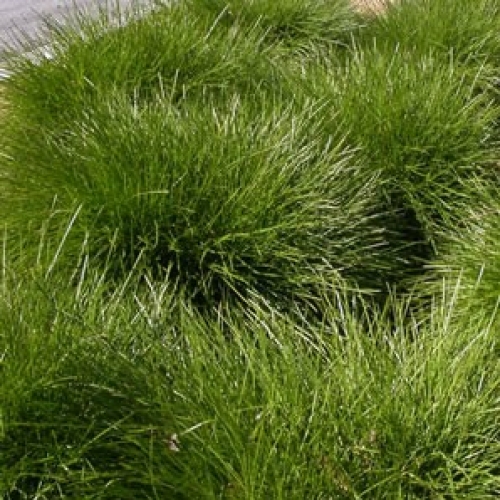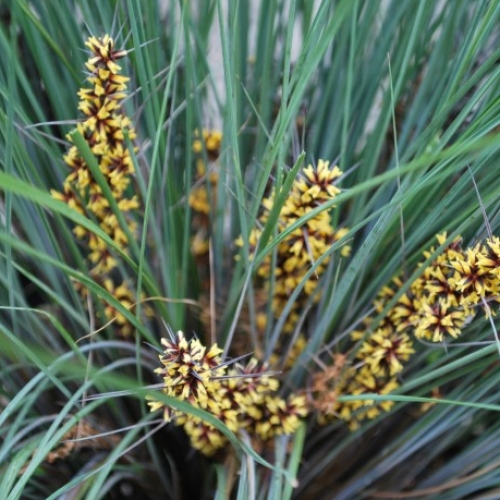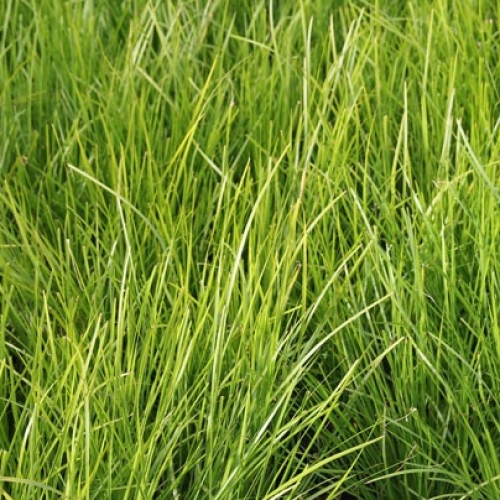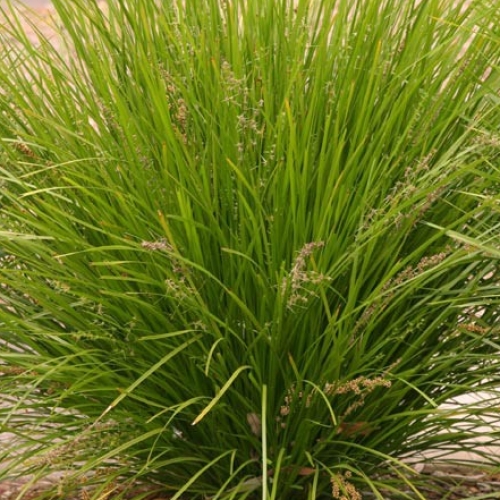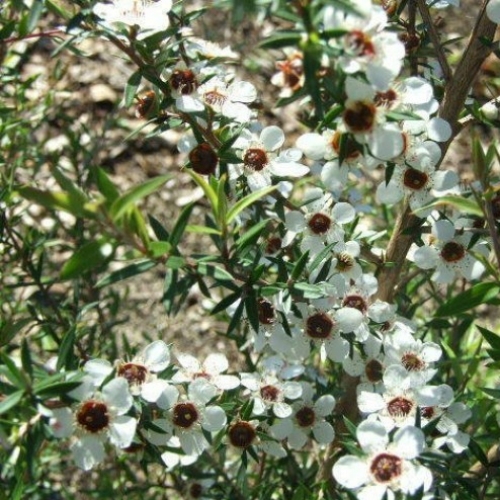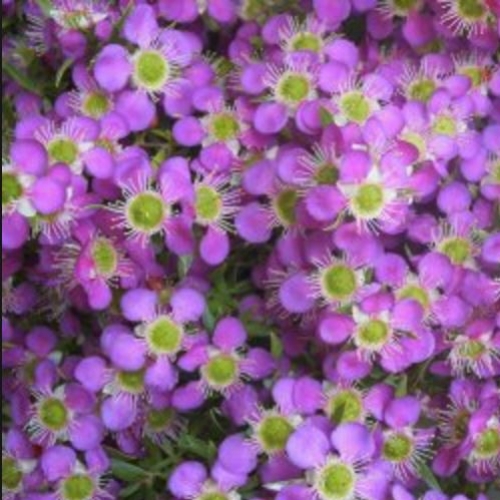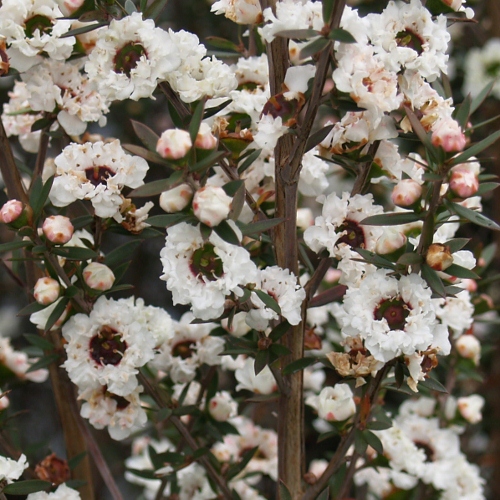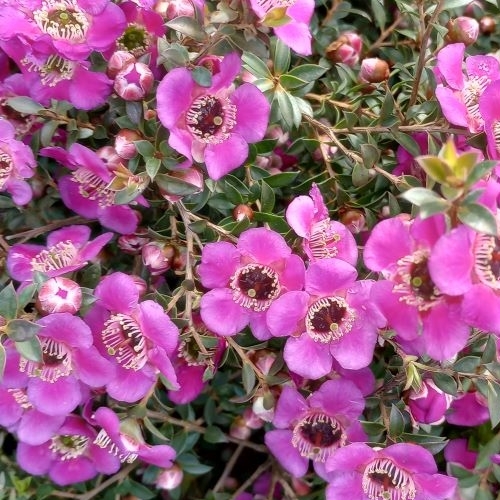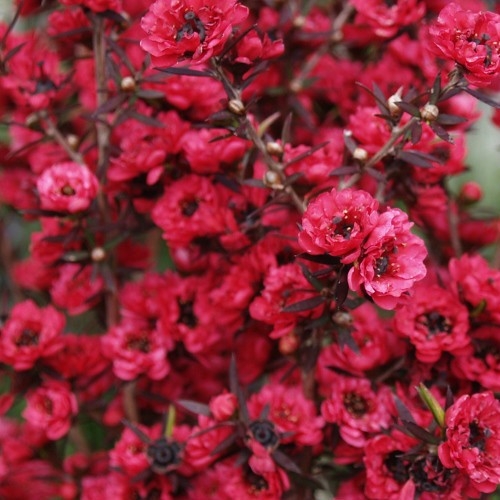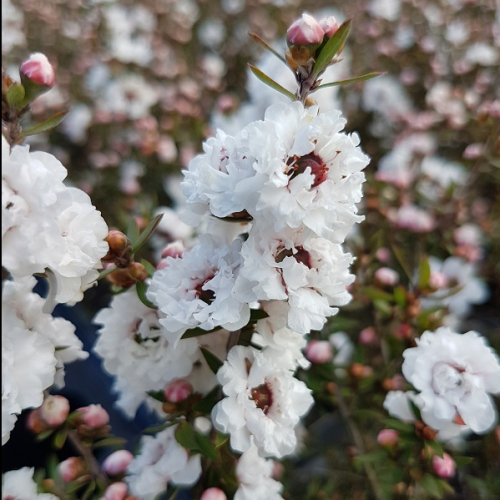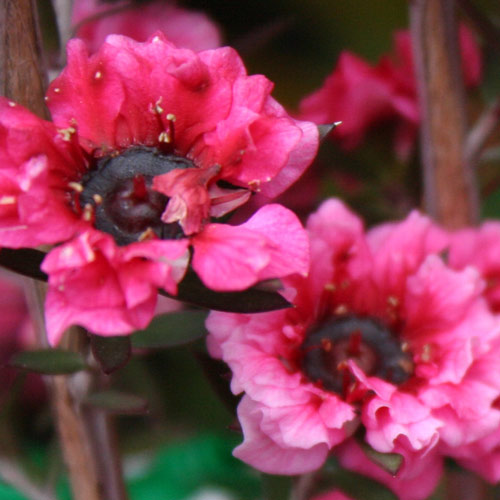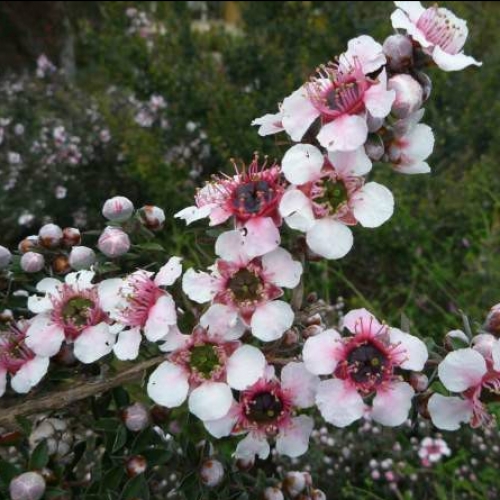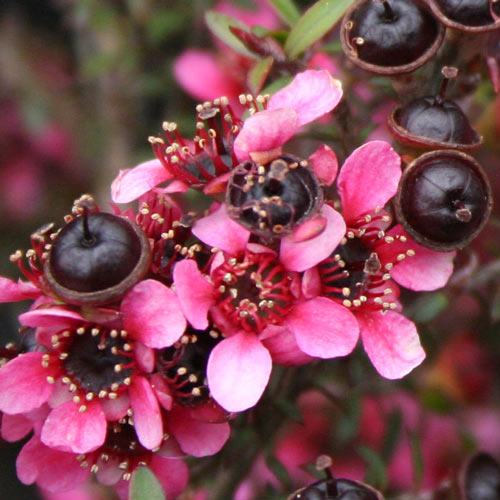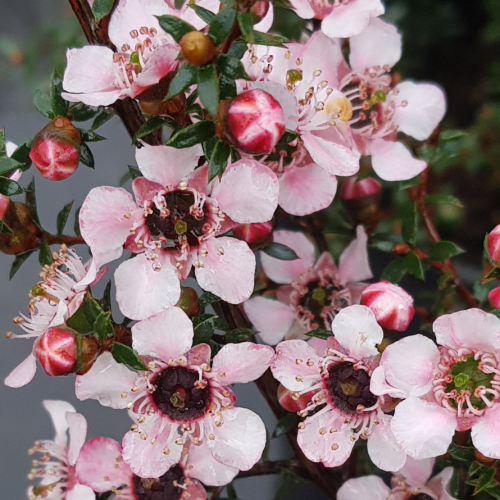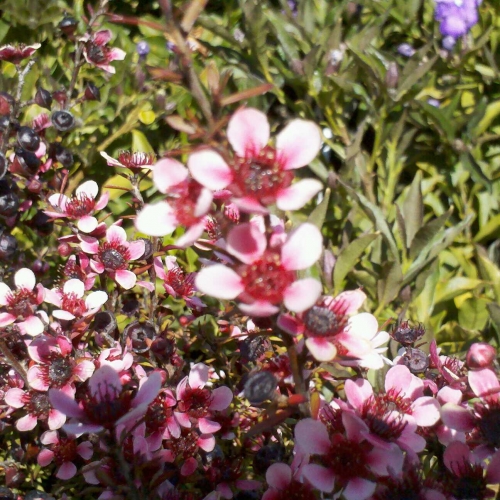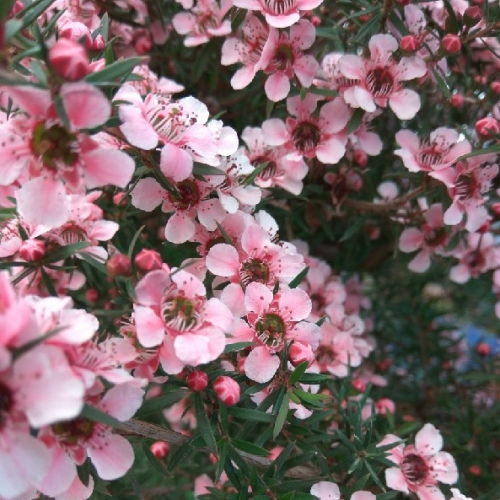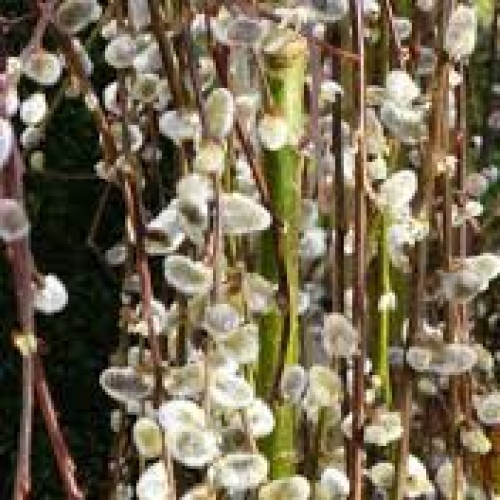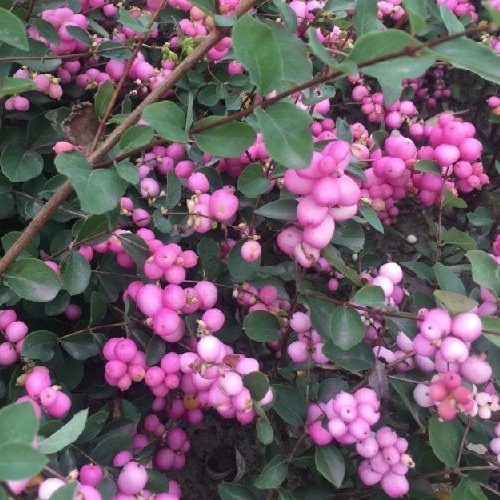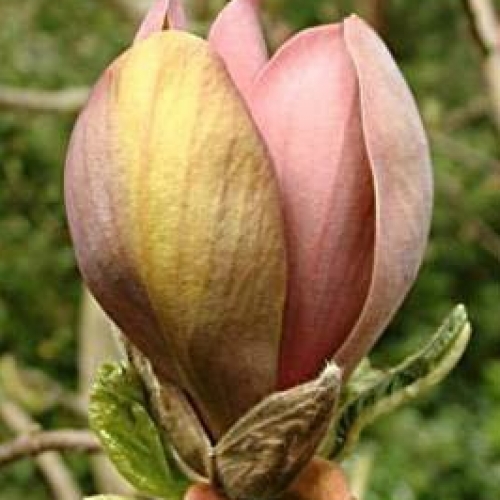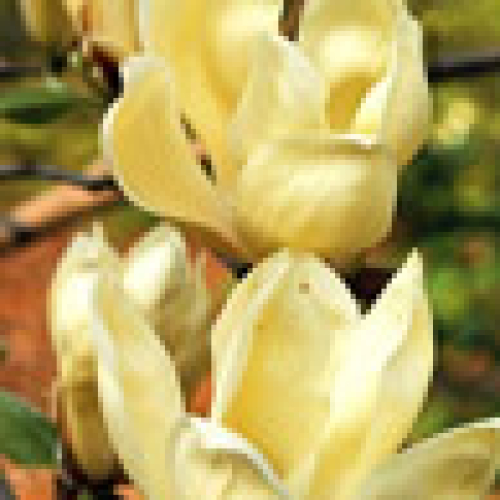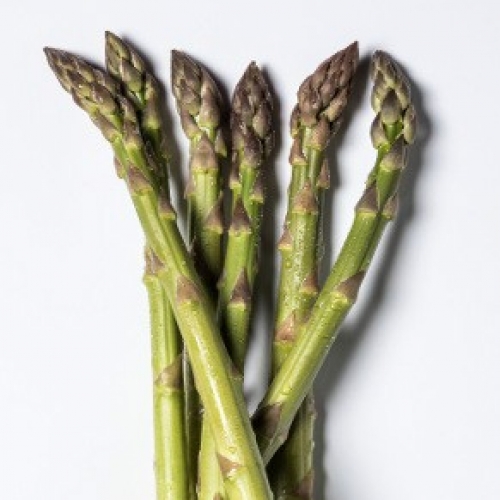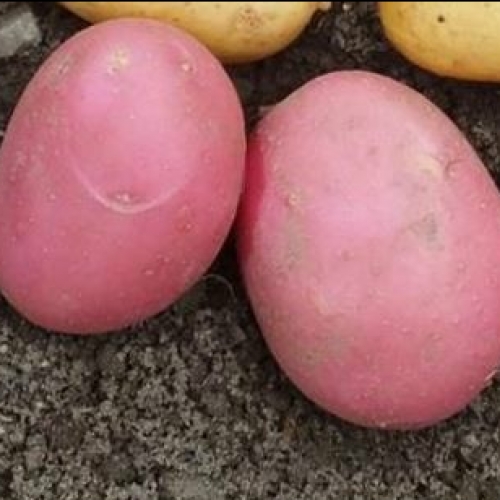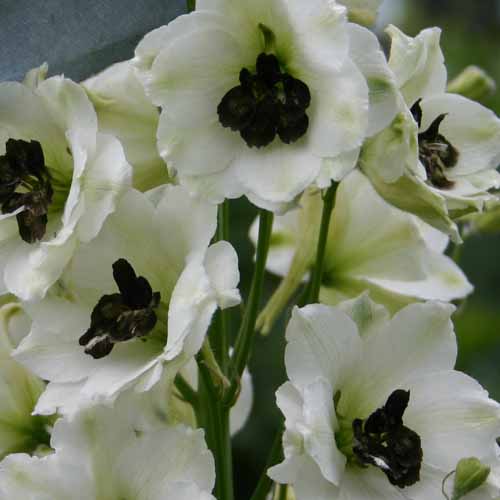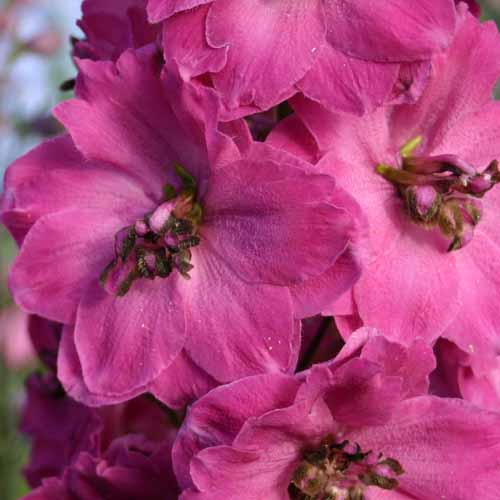Saturday 31st August, 2024
Hi
The new garden culture ...is it OK?
When you see it, you can't unsee it, it's happening everywhere and I am beginning to wonder if this new look is here to stay... If you are wondering what I am on about it's the new trend of using hedge trimmers to shape grasses into balls, which in my opinion is kinda not OK. I get it that the common subject is the Aussie type grasses AKA
Lomandras that have become too large for the position. I do wonder if in our wet NZ climate they have become quite a bit larger that perhaps they may do in Australia. They have also been quite new on the market in NZ and many probably didn't know how big they would actually grow here.
You do see them around in commercial style gardens where they do have space to flow and they can look quite cool ... untrimmed lol.
In my head you plant a grass or
Lomandra for its beautiful cascading form and the fact that they need very little work. So by trimming them you just create another task and they do grow out of the trimmed look quite quickly.
There are lots of landscape advantages to using
Lomandras as they can be considered very robust, tolerant of many exposed, dry and sunny positions and they are now available in a variety of sizes: smaller, medium and those that are just large. It's just a matter of checking the size on the label and allowing a bit more room for the grass to flow over.
Tea tree (Manuka) is a must have for the garden
Tea tree or Manuka has the Latin name
Leptospermum (meaning slender seeded)
scoparium (like broom) and is native to New Zealand. You do see it everywhere in the wild especially the
white-flowered species form. This shrubby small tree belongs to the myrtle family (Myrtaceae) along with
Pohutakawa,
Feijoas and all those plants that have that classic tufty flower appearance caused by having plentiful and conspicuous boy bits, the stamens. Myrtaceous flowers usually have a base number of 5 petals, as is the case in our very own Tea tree, but other plants in this family have no petals at all.
When you look into this tree and its uses they are wide and varied. As the common name suggests, the aromatic leaves were used to make tea from the time of Captain cook onwards, especially by early pioneers. Then there is the belief that you can perhaps chew the bark or make a decoction to aid joint health. Must also mention that you can extract essential oils from the leaves which have antibacterial properties and could be used to promote skin health.
I bet that there are not too many fishermen that don't use the saw dust from this valuable small tree to smoke and flavour their latest catch.
You will all know of the important contribution the naturalized Manuka makes to the bee and honey industry by enabling the production of Manuka honey. This honey apparently incorporates some of the antimicrobial properties of the plant itself, and I bet it tastes better than the bark!
Leptospermum scoparium is a very valuable tree in the return of our land to its native state as it behaves as a nursery plant, protecting more fragile native species when they are young and by doing so helping our native bush to regenerate. It also shades out some of the exotic weeds like gorse and privet.
I am very fond of the native tree species but we are also very lucky to have many ornamental cultivars for the home garden. They tend to be quite tolerant and hardy in the garden not being too fussy about soil type etc. Probably happiest in mostly sun but quite adaptable to a little shade. These
all can make for a handsome small tree with red, white or pink blossoms, or if you keep them trimmed they will stay quite bushy. I have even seen some trimmed into a hedge which has quite dark and very fine foliage.
It's also worth noting that there are a number of
nanum cultivars and that these stay quite diminutive reaching only half the size of their cousins. These have much finer foliage and slightly smaller flowers but make for a perfect low maintenance shrub in the garden or border. Then there are the ones such as
Leptospermum pink cascade that weep or make for quite a good groundcover type effect.
Check out this selection or have a look at them all by following this
linkBurgundy Queen Exquisite double flowers that start appearing in late winter and continue through to the spring. The flowers are in tones of burgundy-red and are complemented by the dainty deep bronze aromatic foliage
Snow Flurry A native evergreen shrub bearing double, pure white flowers throughout Winter and into Spring. Has a bushy, upright growth habit and may be grown as a feature plant or planted out to create hedges and screens, plus they are suitable for growing in coastal locations.
Rosy Morn Green foliage with double flowers ranging from pink to dark pink. Grows happily in full sun and prefers not to dry out.
Some of the dwarf ones
Nanum Tui This dwarf form of Tea Tree has single white, pink-flushed flowers with a dark eye that appear during spring. Upright growth habit and very free flowering, tolerating most soil types and conditions.
Nanum Ruru Delightful dwarf 'Manuka' which has a profusion of single deep pink flowers from late spring through to summer. Foliage is tiny, pointed and a deep dark green.
Nanum Elizabeth Jane An attractive and compact form of Manuka with single flowers in a deep pink shade. The tiny needles of foliage have a purple-red hue.
Just in this week
Salix Kilmarnock Std 1.7. We haven't had these for a few years but they are really cool weeping willows on the smaller ornamental scale and just perfect for the home garden situation. Awesome form and look stunning in the spring with their attractive bunny tail like buds cascading down their stems which are followed by green leaves from the summer.
A new pear that we haven't had before called
Triomphe de Vienne. I did a little googling and found this to be a Belgian/French style cultivar.
Triomphe de Viennes was a chance seedling discovered growing near the town of Viennes close to Lyons in South Eastern France. It is very much in the style of early Belgian and French dessert pears being oblong in shape, green in colour with much russetting, and having crisp white juicy flesh with good texture.
Symphoricarpus Mother of Pearl. One for the floral work enthusiasts with beautiful stems with berries to pick. A charming deciduous shrub that is highly valued for the white, flushed pink, marble like berries which weigh down the branches from autumn to winter. Gorgeous for floral decoration. Hardy and easy to grow in the sun or part shade. Green foliage in spring-summer.
Magnolia Brooklynensis Woodsman. A very unusual but very cool magnolia to add to your collection An exceptionally hardy Joe McDaniel hybrid producing most unusually coloured, beautiful blossoms in late spring after damage from late frosts has passed. Each erect, fragrant flower reveals complementary hues of yellow, green, purple and rose.
It's time to get planting
I have just started to pick my own
asparagus and so it's also time to plant that new bed to pick your own. Don't delay as the seasons are flying past. We still have plenty of the chunky
Asparagus Pacific Challenger Pkt of 5
Potatoes. Again it's time to be into these and we still have them available and I believe that Ang has more coming that could be waitlisted. Some like to sprout them before planting and if that's you, then this is the ideal time. Otherwise, you can plant them straight into the ground but beware of late frosts!
Delphiniums are here and are from the good reputation Dowdswell seed range. There is still a good selection but remember the
slug bait.
Don't forget that there will be an Antique & Collectable Fair at Woodlands Estate on the Weekend of Sat. 31st of August/Sunday 1st of September (10am to 4 pm both days). Woodlands is at 42 Whitikahu Road, and entry is $3 per person. Enquiries to Nick (0274430018).
Remember Father's Day is this Sunday (1/9). I think that it's going to be a slow cooked lamb here for the family.
Have an awesome weekend.
Cheers from Lloyd, Tony and the Wairere team.
